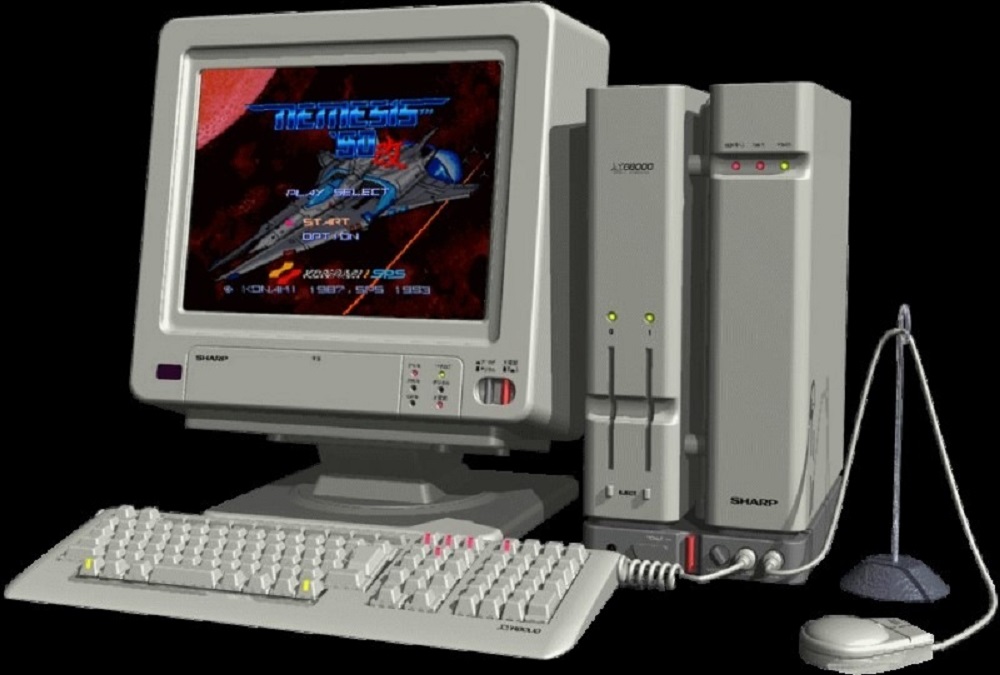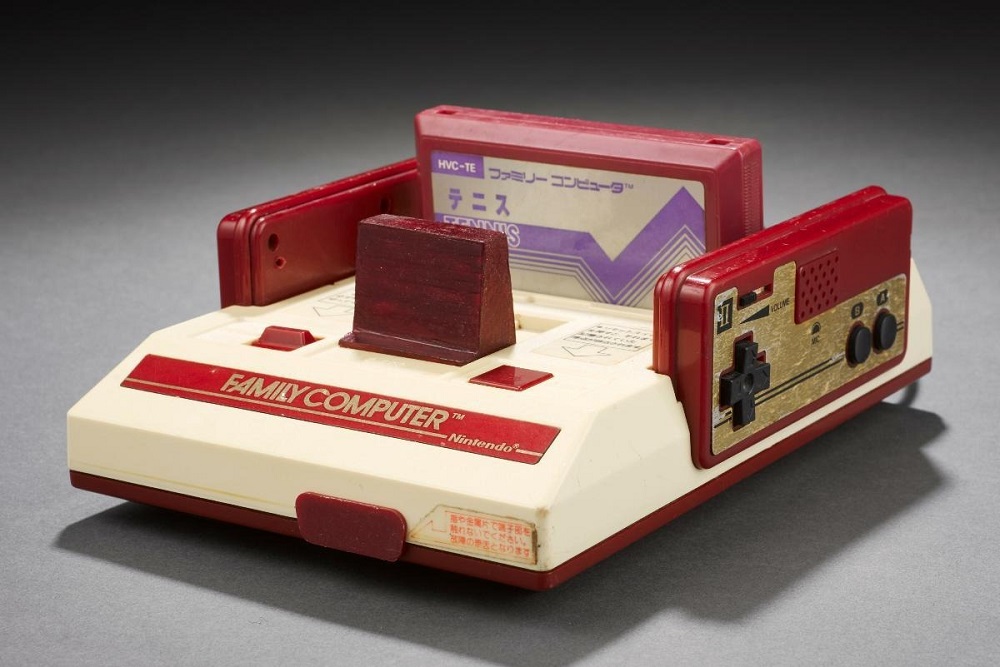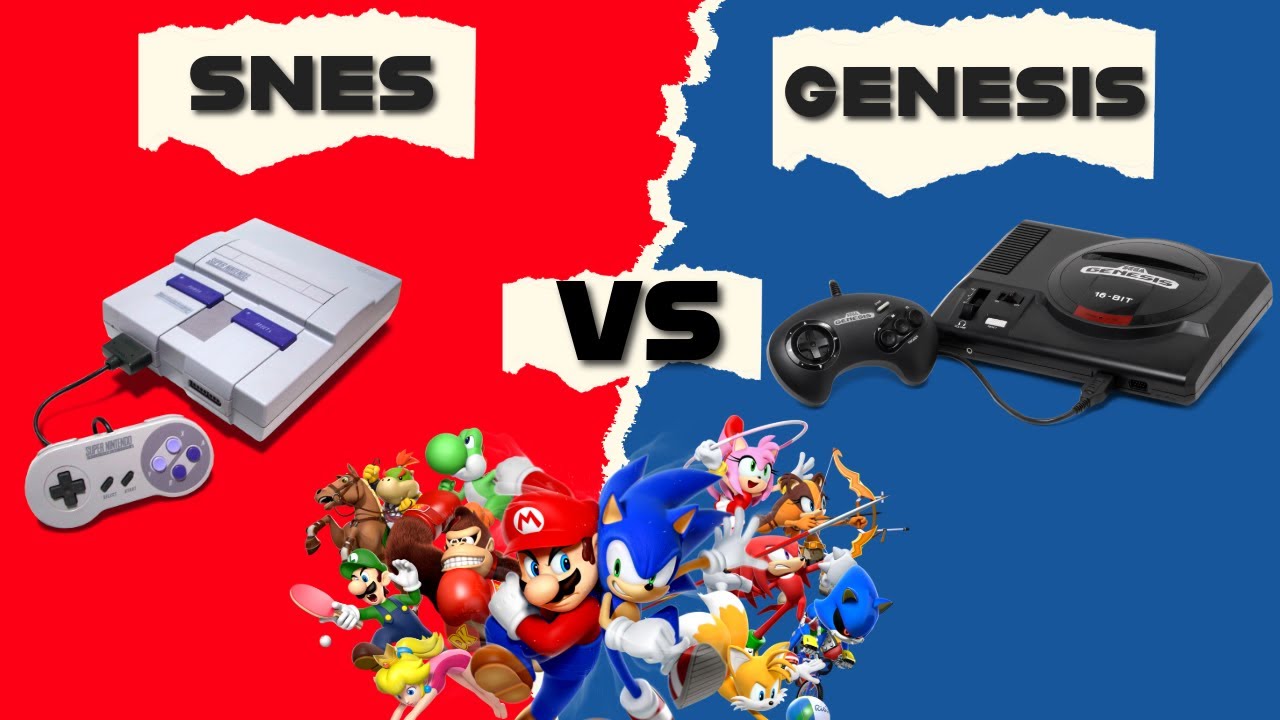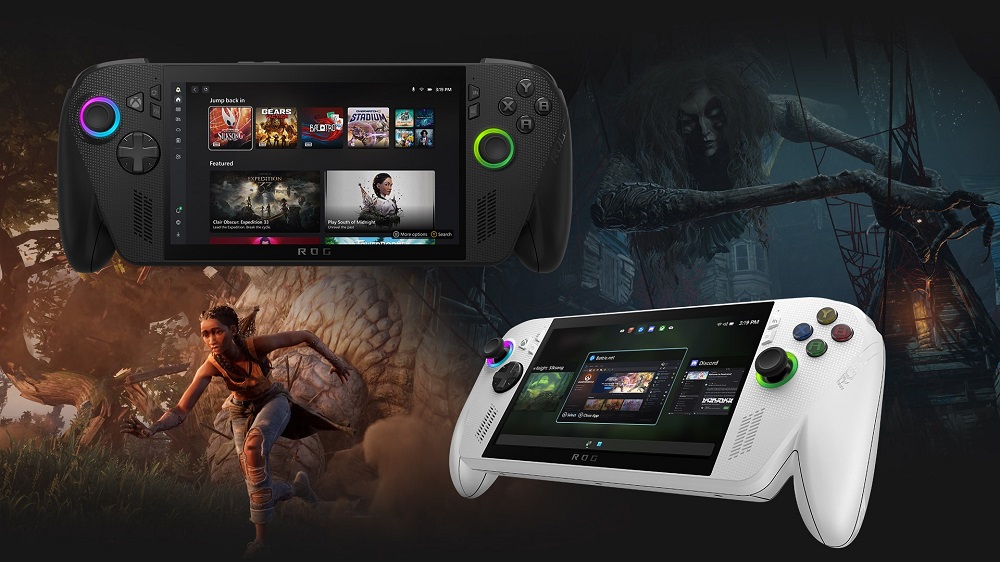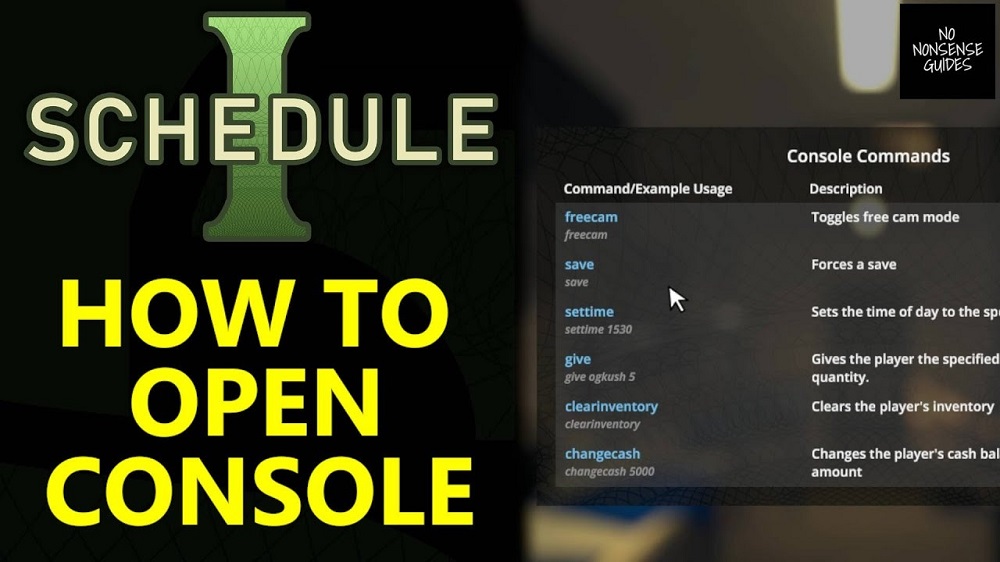In the late 1980s, Japan was the epicenter of gaming innovation. While consoles like the Famicom and Sega Genesis were dominating living rooms, a new kind of machine emerged — one that blurred the lines between personal computer and gaming console.
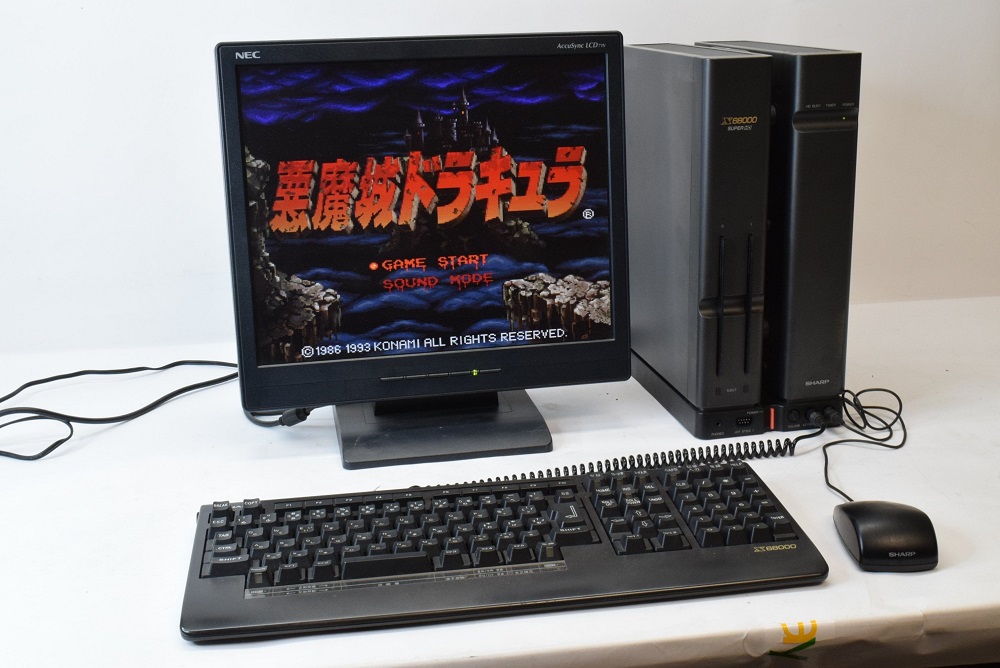
Released in 1987, the Sharp X68000 wasn’t just a home computer. It was a legendary hybrid system that boasted arcade-level graphics, incredible sound, and hardware architecture so advanced that it became the gold standard for arcade ports in Japan.
At Oldies Nest, we’re diving deep into the legacy of the Sharp X68000 — how it worked, why it mattered, and why collectors treasure it today.
The Birth of the X68000
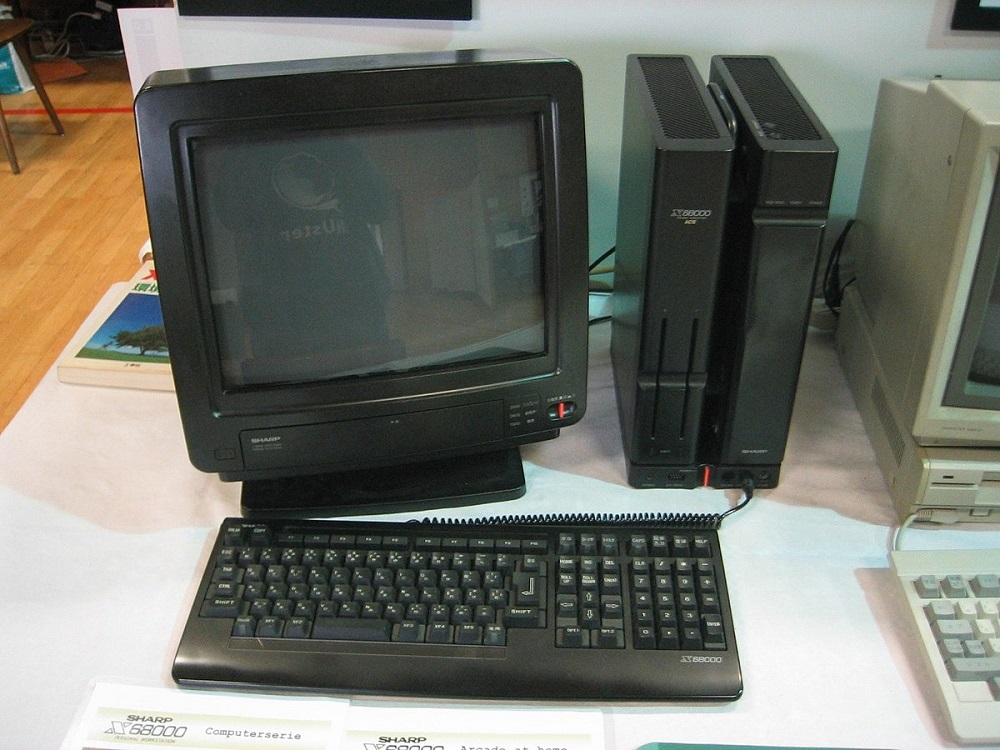
The X68000 was developed by Sharp Corporation as the successor to their X1 computer line. Unlike most personal computers at the time, it was designed with gaming in mind.
- CPU: Motorola 68000 (same chip used in arcade boards and the Sega Genesis).
- Graphics: Capable of true arcade-quality visuals at the time.
- Sound: Built-in Yamaha YM2151 FM sound chip for rich, arcade-like music.
- Design: Tower-style case with dual 5.25-inch floppy drives, later supporting hard drives.
This combination made the X68000 both a development powerhouse and a dream machine for gamers.
Technical Superiority and Arcade Accuracy
What made the X68000 legendary was its near-perfect replication of arcade hardware.
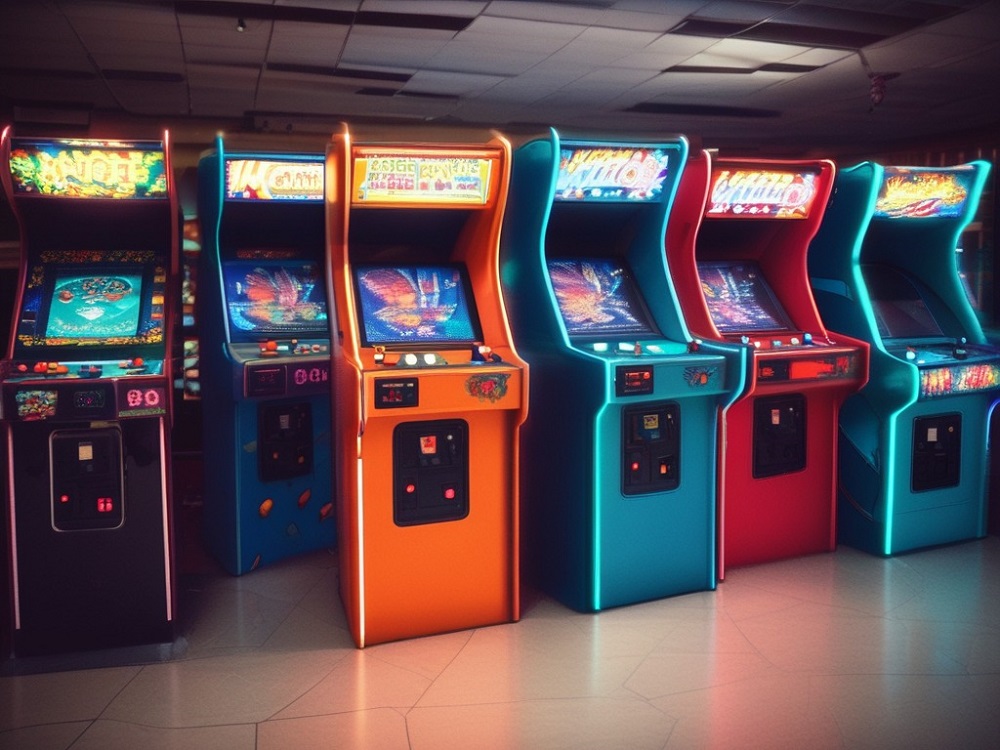
- Arcade Ports: Games like Gradius, Final Fight, and Street Fighter II’ ran almost identically to their arcade counterparts.
- Developer Platform: Capcom and Konami used the system internally to prototype and test games.
- Graphics Output: Supported resolutions up to 768×512 with 65,536 colors.
In a world where the NES and Master System were offering watered-down ports, the X68000 delivered arcade perfection at home.
The Game Library: Arcades at Home
The X68000’s library is a treasure trove of arcade classics and unique Japanese titles.
Standout Ports
- Gradius II – A flawless arcade experience.
- Final Fight – Superior to early Western ports.
- Street Fighter II’ – Considered one of the best home versions before the SNES release.
Original Titles
- Cho Ren Sha 68K – A legendary indie shoot ‘em up that showcased the homebrew potential of the system.
- Aquales – A beautiful action-platformer unique to the platform.
This dual library of arcade fidelity and exclusive gems makes the X68000 one of the most fascinating systems in retro history.
The Hybrid Identity: PC Meets Console
The Sharp X68000 straddled the line between productivity and play.
- PC Features: Word processors, programming tools, and desktop applications.
- Console Features: Gamepads, joysticks, and plug-and-play gaming experiences.
- Expandability: Supported additional RAM, hard drives, and even networking.
This hybrid identity was unusual but ahead of its time — foreshadowing modern systems like the PlayStation 3 and Xbox 360, which also doubled as multimedia hubs.
Comparing the X68000 to Its Rivals
To understand its place in history, compare it with contemporaries:
| Feature | Sharp X68000 | Sega Genesis (1988) | Neo Geo AES (1990) |
|---|---|---|---|
| CPU | Motorola 68000 (10 MHz) | Motorola 68000 (7.6 MHz) | Motorola 68000 (12 MHz) |
| Graphics | 65,536 colors | 512 colors | 65,536 colors |
| Sound | Yamaha YM2151 FM | Yamaha YM2612 FM | YM2610 FM + PCM |
| Storage | Floppy/Hard Disks | Cartridges | Cartridges |
| Price at Launch | ¥369,000 (~$3,000 USD) | ~$190 USD | ~$650 USD |
The X68000 outclassed consoles like the Genesis and SNES technically, but its price put it in the realm of enthusiasts and professionals only.
This comparison highlights why the Neo Geo also became a premium system — both catered to niche but passionate audiences.
Collector’s Dream Machine
By 2025, the Sharp X68000 has become one of the most coveted retro machines:
- Rarity: Only released in Japan, never officially exported.
- High Value: Working units can sell for thousands of dollars.
- Community: Enthusiasts continue to repair, translate, and preserve its games.
Its allure lies not only in nostalgia but also in its exclusivity and technical brilliance.
Cultural Impact in Japan
While it never reached Western shores, the X68000 had a lasting influence in Japan:
- Helped bridge the gap between arcades and home gaming.
- Fostered a generation of programmers and developers.
- Cultivated a scene of doujin (fan-made) games that later inspired indie developers worldwide.
It was a system that showed how computers could also be gaming consoles — an idea still relevant today.
Why It’s Still Relevant in 2025
The Sharp X68000 remains important because:
- Preservation: Communities work tirelessly to emulate and archive its games.
- Inspiration: Its homebrew scene inspired modern indie developers.
- Legacy: It paved the way for hybrid systems that combine productivity and play.
For fans of retro gaming, owning or even emulating the X68000 feels like stepping into a parallel history of gaming.
Conclusion: Japan’s Legendary Hybrid Lives On
The Sharp X68000 may never have left Japan, but its reputation has grown worldwide. As both a PC and a console, it represented the best of both worlds — arcade accuracy, unique exclusives, and developer accessibility.
Though expensive and niche, its impact is undeniable. For collectors, historians, and fans, the X68000 isn’t just a machine — it’s a legendary chapter in gaming history.
